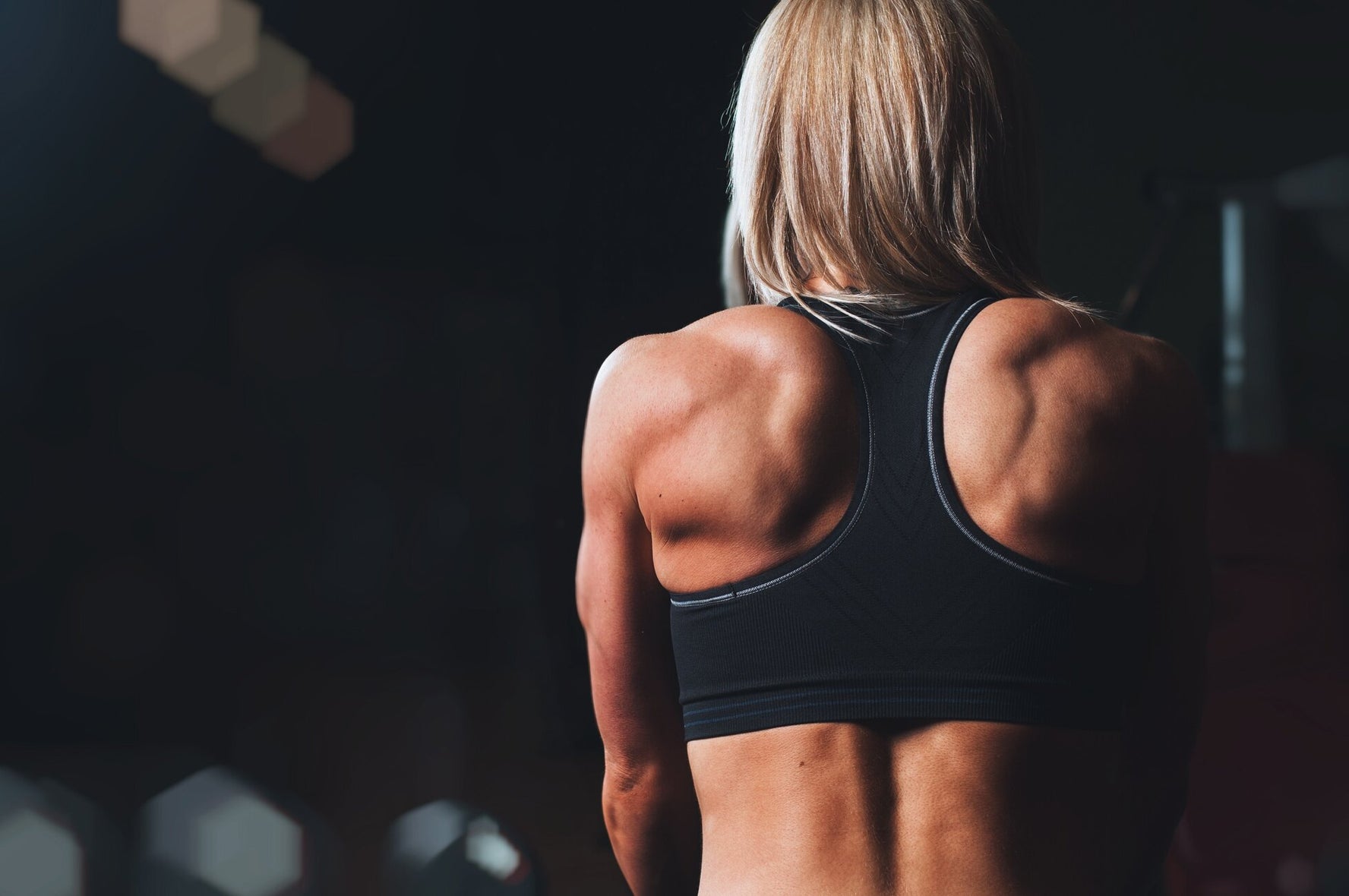
Here’s How to Improve Your Posture
Although you might equate bad posture with not much more than unsightly slouching, the truth is it can have many wider implications for the health and wellbeing of your body than you might imagine. Having good posture means proper spinal alignment, which helps develop strength, flexibility and balance. This reduces the likelihood of excess pressure on your muscles, ligaments and tendons and therefore helps to prevent injury and pain. According to Workshop founder Lee, there's also another side to it: "There's also is a huge psychological effect to having good posture. People who have it also express more confidence and positivity compared to those with poor posture." When we talk about correct posture, it’s important to recognise that it’s not just about how aligned you are when standing, but when sitting, bending, twisting and lifting too; in other words, both dynamic and static posture are important. You’ll probably know if you have good posture or not but some of the tell-tale signs that it’s not what it should be are rounded shoulders, permanent slouching, bent knees, a flat back, your head tilted forward or your belly sticking out. If left untreated, the impact of bad posture is serious, "It's simple" says Lee, "Overtime, it will lead to injury. If you have compromised posture, it will lead to wear and tear on joints and muscle imbalances that can lead to strains or muscle pulls or tears." Theoretically speaking, you need to ensure that your spine has three major curvatures apparent at all times: the cervical curve, or the curve in your neck, which should have a slight curve forward, the thoracic curve, the curve in your mid and upper back which should have a slight curve back and the lumbar curve, the curve in your lower back which should again have a slight curve forward. If you’re achieving this, then it means your weight is spread evenly on both feet, your blood flow is improved, and everything can be used efficiently and effectively as it should. In the gym there are plenty of ways you can strengthen and mobilise your spine, including Y raises which are great for mobilising a stiff thoracic spine, just make sure you seek good exercise recommendations based on the particular postural issue you’re experiencing.
Cat/ Camel Stretch
This combination of arching and extending the back mobilises the muscles, increases blood flow and eases existing pain as well as maintaining a healthy spine.
- Begin on all fours with your knees aligned with your hips and your wrists aligned with your shoulders.
- Take a deep breath and arch your spine upwards towards the ceiling like an angry cat, tucking your head between your shoulders and your tailbone between your legs as you go.
- Next, invert the movement. Take another deep breath and drop the spine towards the floor and lift the head as you tip your hips forward.
Glute Bridge
If your glutes aren’t kept activated, other muscles have to compensate, leading to lower back pain and poorer posture over time.
- Lie on your back with feet flat against the floor, keeping your knees bent.
- Squeeze your glutes and lift your hips off of the floor until your body forms a straight line from your knees to your shoulders. Pause then lower yourself back down to where you started.
- Repeat for 15 reps.
Lower back rotational stretches
If you are carrying any tension in your lower back from bad posture, this is a great stretch to alleviate it whilst also strengthening your back and improving core stability.
- Lie on the floor on your back with your knees bent and your feet flat on the ground.
- Keeping your shoulders firmly on the floor, gently roll both your bent knees over to one side.
- Hold the position for 5–10 seconds.
- Return to the starting position and repeat on the other side.
Front Plank
The plank is an excellent way to increase core strength which in turn can have a huge impact on back strength and proper spinal alignment.
- Begin by lying on a mat, face down with your forearms and toes on the floor. Your elbows should be directly under your shoulders and your hands should be facing forward. Your head should be relaxed and you should be looking at the floor.
- Stiffening your torso and legs, slowly lift your whole body off the mat while keeping your forearms and hands on the ground. Try to avoid your back dropping or your back or hips arching upwards and keep your knees straight. Keep your shoulders positioned directly over your elbows. Continue to breathe and hold the position.
- When you’re ready, gently lower your body back down to the mat before relaxing.
